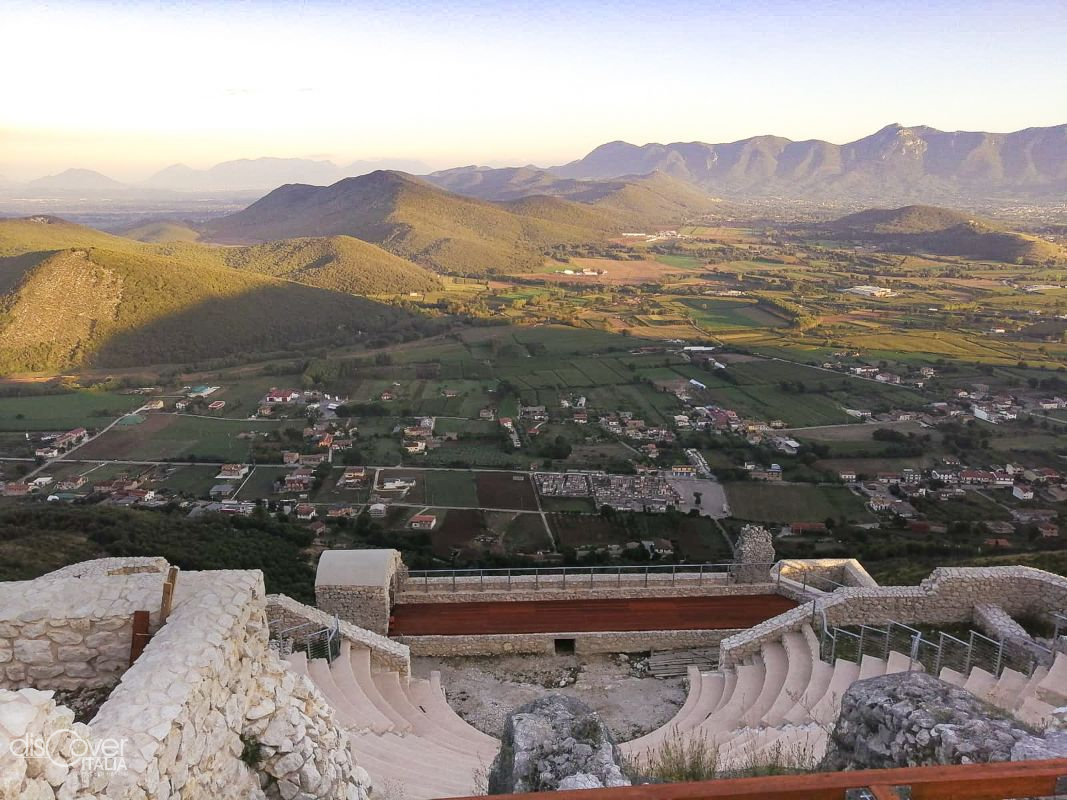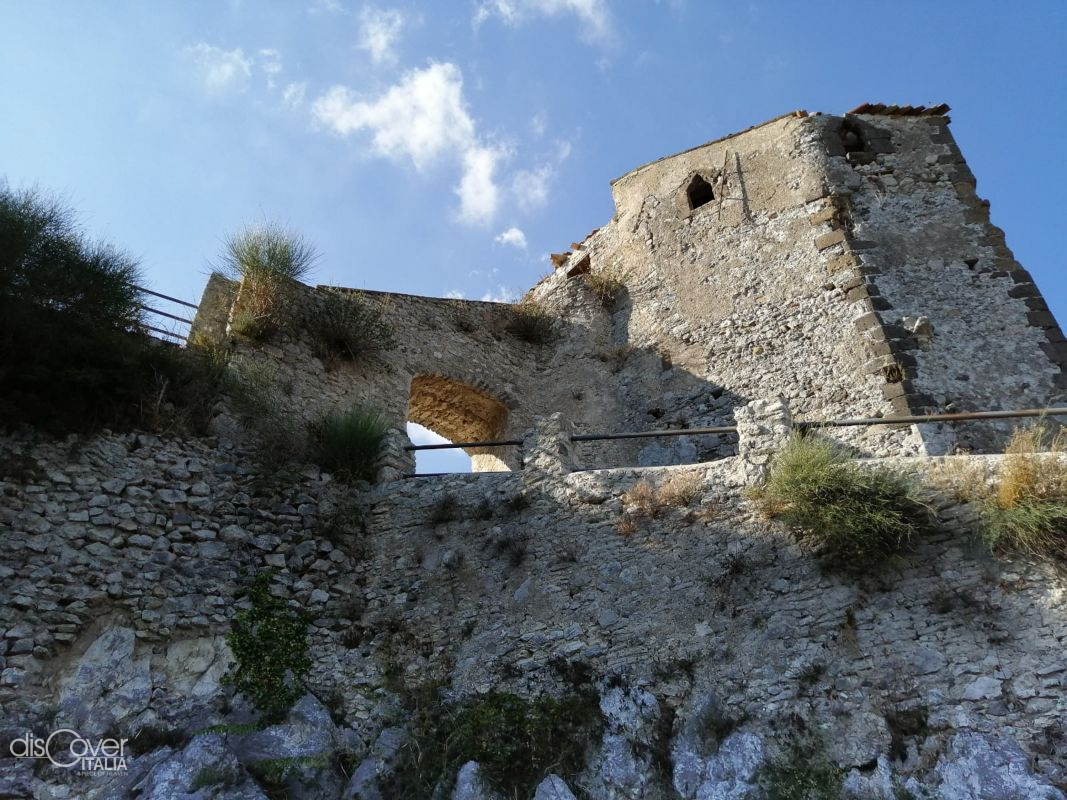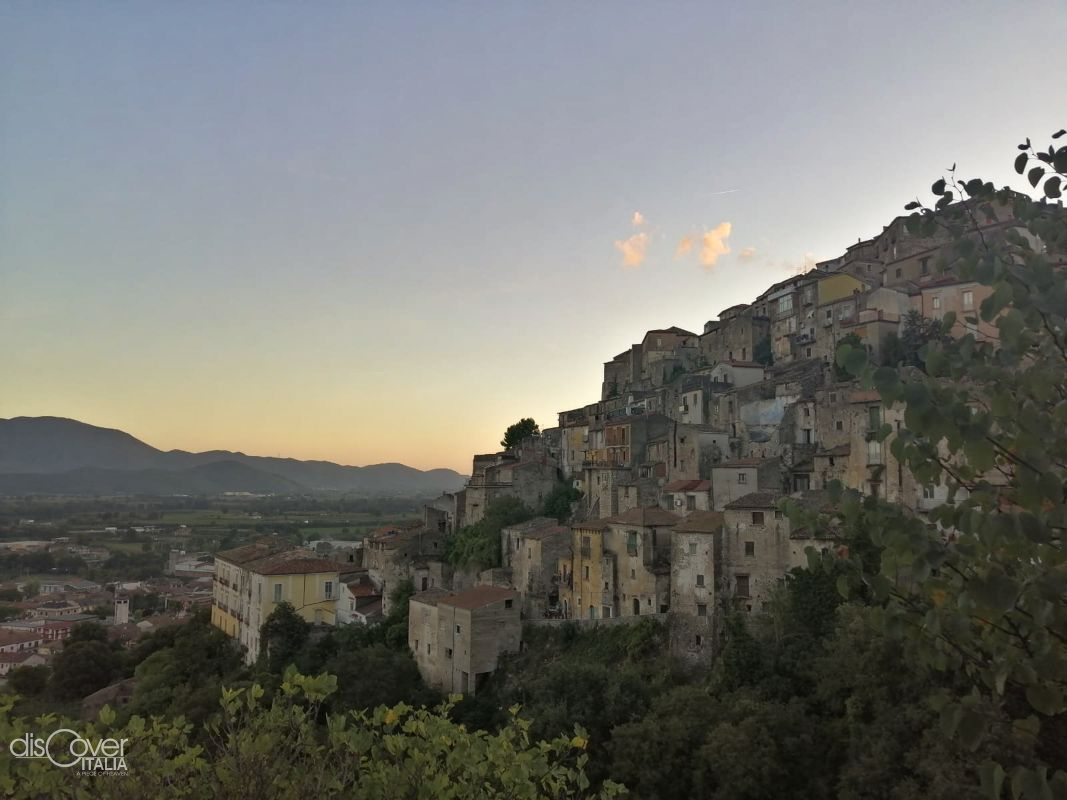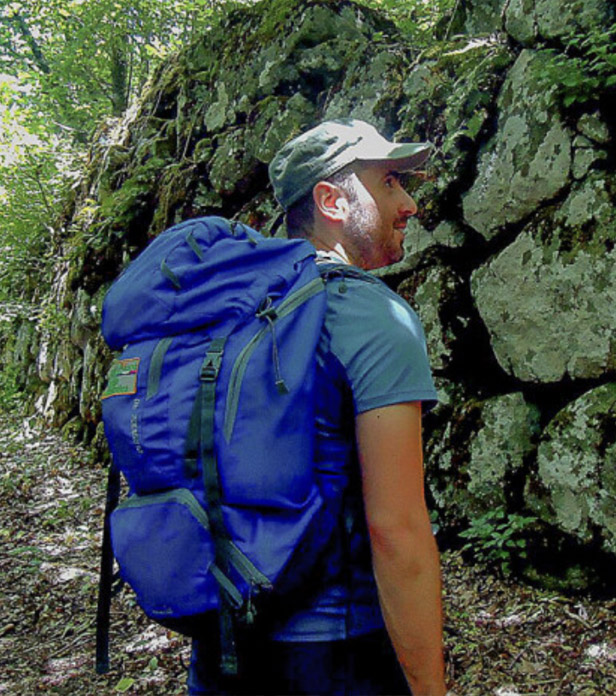High Caserta, land of countless medieval villages, pearls set on the mountain crescent that protects and dominates the plain of the ancient Land of Work.
 The sea is not that far away but here one can already breathe a different air, that of the Apennine hinterland, with its high mountains, green valleys and rivers. Since the most ancient time, such a rich land attracted various peoples... from the ancient Opici to the Samnites, up to the arrival of the Romans, and then to the Longobards, Normans, Angevins and Aragonese ... and each of them has left a deep mark on the territory, a mark that is clearly visible in Pietravairano.
The sea is not that far away but here one can already breathe a different air, that of the Apennine hinterland, with its high mountains, green valleys and rivers. Since the most ancient time, such a rich land attracted various peoples... from the ancient Opici to the Samnites, up to the arrival of the Romans, and then to the Longobards, Normans, Angevins and Aragonese ... and each of them has left a deep mark on the territory, a mark that is clearly visible in Pietravairano.
Laid on the southern slopes of Mount Caievola, it preserves places of historical interest, such as the beautiful castle, where it is still possible to admire, in its architecture, the last three different dominations: Norman, Angevin and then Aragonese.

Delightful is the hamlet, with its narrow streets and the many noble palaces now abandoned.
Getting lost in this maze of streets is an experience worth living ... but the real pearl, coming from a much older past is the wonderful Roman Theater-Temple located on nearby Mount S. Nicholas.
Rare example of theater and temple in the area, its construction almost certainly comes from the ancient Samnites, then remodeled by the Romans between the II and I centuries BC. Discovered by chance about twenty years ago, today it is almost completely restored and usable, going up various streets, one easier, starting from the convent of the Immaculate Virgin of the Vineyard, the other, wilder, from the back of the convent, following Saint Eramo street.
 The view that opens once arrived on the huge steps of the ancient theater-temple is very unique and embraces the whole territory, at 360 °.
The view that opens once arrived on the huge steps of the ancient theater-temple is very unique and embraces the whole territory, at 360 °.
Up there, one can understand the reason why our ancestors had to build such a work ...




Comments powered by CComment